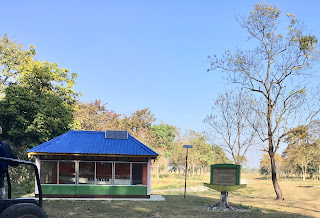Posts

Posted by
Flowergirl
Day 3 - The golden langurs of Kakoijana
- Get link
- X
- Other Apps

Posted by
Flowergirl
Manas Day 2 - afternoon excursion to Bhudapara
- Get link
- X
- Other Apps

Posted by
Flowergirl
Manas Day 2 - the morning belonged to the river Beki
- Get link
- X
- Other Apps